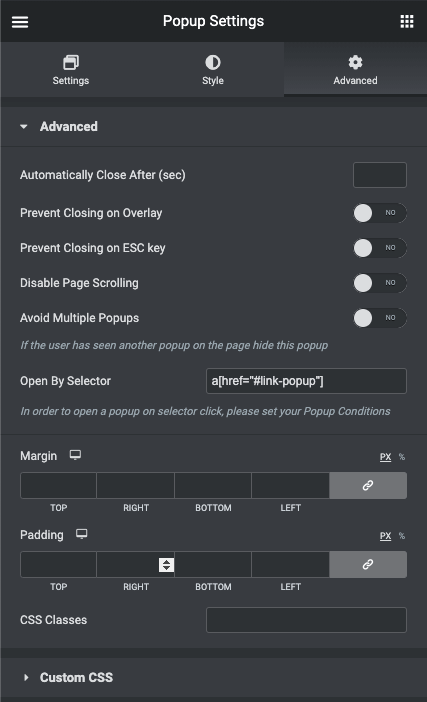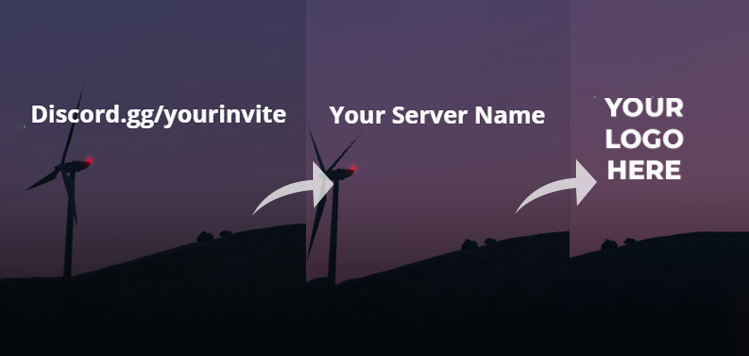

Now that we have node.js installed, let’s create a directory called disable_test and open the command prompt or terminal. To install node.js in Windows or Mac, download the package for your OS from Nodes JS’s website Once that’s done, install node.js by running, sudo apt install nodejs.

#Temp disable link css how to
If you already know how to install Puppeteer, skip to the next section. Make sure you check that the content of the site loads without CSS before scraping. In such a case, the content itself will not load if the CSS is disabled. Note: There are some websites which have content that is dependent on CSS. With images and CSS disabled, the page fully loaded in 6.5 seconds. When we loaded the page with images and CSS enabled, it took 15 seconds to load completely. Before each test, the browser and cache were cleared to make sure the results were accurate. To find the differences, we opened with images and CSS both enabled and disabled and tracked the total page loading time. The average page size is more than 2MB which is three times more than it was, just three years ago. Browsers take time to load embedded code as well as images, especially the big ones.


 0 kommentar(er)
0 kommentar(er)
